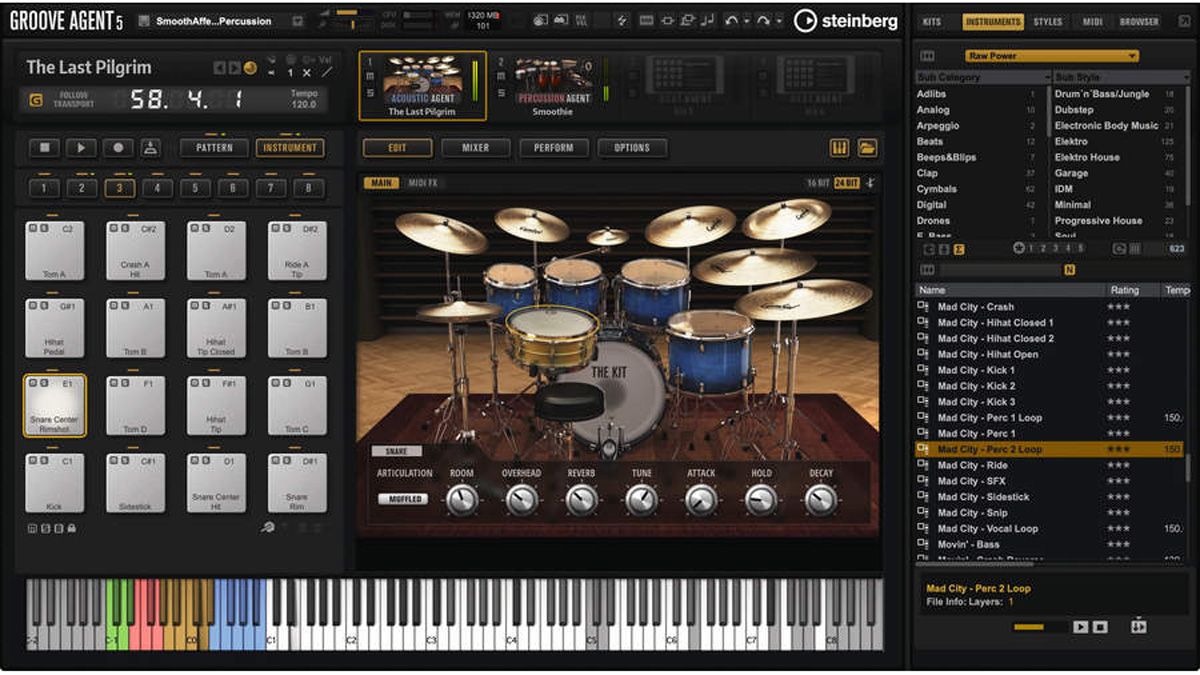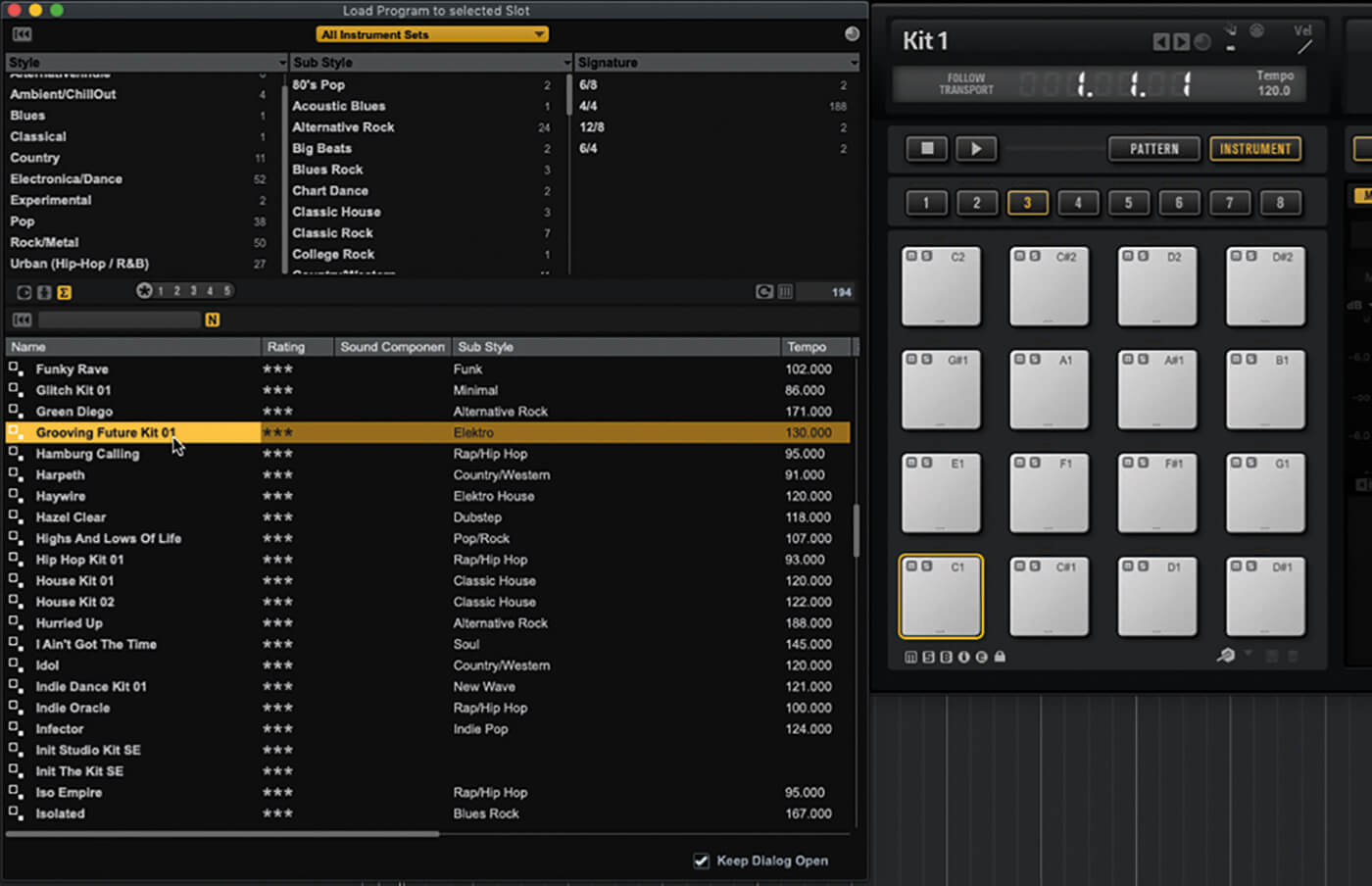

This is because printing is achieved by stacking the filaments one on top of the other layer by layer. Furthermore, the micromixer manufactured by this method comprises top and bottom channels with various surface patterns depending on the printing angle however, the side walls of the channel have to unavoidably have surface patterns in one direction because of the characteristics of FDM 3D printing. In addition, it is difficult to assess whether a channel is properly manufactured, although a transparent filament was used. However, if the micromixers are manufactured with a 3D printer directly, the channel inside is not visible because of the printing resolution of the printer, which makes it difficult to perform and monitor many chemical experiments that require colorimetric observation. Recently, some studies on the fabrication of micromixers using FDM 3D printing have been conducted to overcome one disadvantage of FDM printing, which is the fabrication of channels with rough surfaces 36.

In particular, fused deposition modeling (FDM)-type 3D printing has the advantage of rapid printing speed and inexpensive equipment however, the fabricated channels have a rough surface and details may not be included owing to the low resolution of the printer. Compared to the existing methods, 3D printing is convenient for the fabrication of a 3D profile and has the advantage of a facile, rapid, and inexpensive fabrication process. Furthermore, the fabrication of channels with a three-dimensional (3D) profile using soft lithography is difficult and requires complex technology.Īccordingly, a technology for manufacturing microfluidic devices using 3D printing has recently emerged 32, 33, 34, 35. However, the soft lithography method requires expensive equipment and photo-curable materials moreover, a considerable amount of time is required to mask channel designs to produce microfluidic devices. In particular, in the case of passive mixers, which do not require external forces, where the mixing channels have a complex geometric design for the splitting and recombination of the reacting fluid 29, 30, 31, soft lithography has been considered an attractive method because of its accuracy and ability to print complex designs. Although various methods for manufacturing microfluidic devices exist, such as micromachining 23, 24 and laser ablation 25, 26, soft lithography based on polydimethylsiloxane (PDMS) is considered the most useful because of its facile fabrication and biocompatibility 27, 28. However, it is difficult to fabricate a micromixer because it is not easy to mix two different fluids owing to the low Reynolds number which relies on diffusion 20, 21, 22. Among the microfluidic devices, a micromixer, which functions as a microreactor, plays a key role in microfluidics because it can be used in many applications such as chemical analysis 12, 13, 14, polymerization 15, 16, biological synthesis 17, 18 and point-of-care applications 19. Moreover, it provided many tools such as mixers and micropumps that have advanced the knowledge base in many fields such as chemistry 2, 3, 4, biology 5, 6, 7, and mechanics 8, 9, 10, 11.

Microfluidics is a fundamental principle that has been widely used for the establishment and commercialization of micro-total analysis systems (μ-TAS), lab-on-a-chip (LOC), and micro-electro-mechanical systems (MEMS) 1. This study supports the use of the 3D printing method to create unique patterns inside microchannels and improve the mixing performance of two laminar flows for various applications such as point-of-care diagnostics, lab-on-a-chip, and chemical synthesis. This was because, as the patterns inside the microchannel were more oblique, “split” and “recombine” behaviors between two fluids were enhanced owing to the geometrical effect. The analysis showed that the mixing channel cast from the mold printed with a printing angle of 30° and resolution of 300 μm exhibited the best mixing efficiency with a segregation index of approximately 0.05 at a Reynolds number of 5.4. The mixing efficiency was experimentally characterized, and the mixing principle was analyzed using computational fluid dynamics simulation.

The angle and size of the patterns were controlled by the printing angle and resolution, respectively. To fabricate three-dimensional (3D) and oblique patterns in microchannels, 3D printing and replica methods were utilized to mold patterns and microchannels, respectively. This study investigates the manufacturing method of oblique patterns in microchannels and the effect of these patterns on mixing performance in microchannels.


 0 kommentar(er)
0 kommentar(er)
